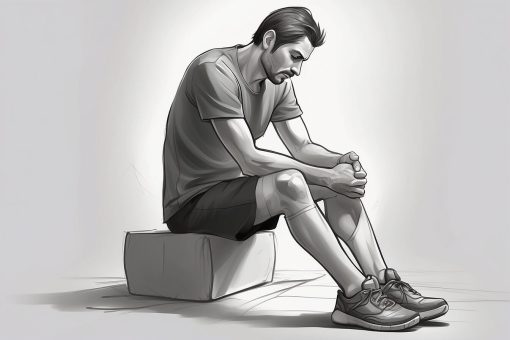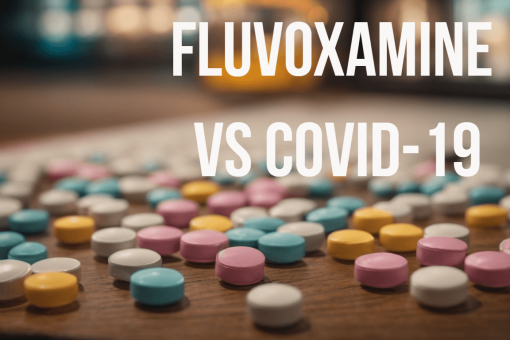
(HealthDay)- Teenagers with some form of mental health problem are more likely to become addicted to painkillers once they start prescription opioids, a new study suggests.
Researchers said the likelihood of switching to long-term opioid therapy could double, triple or even exceed that, depending on the child’s diagnosis and other medications prescribed to treat the condition.
The findings mirror previous studies showing that adults with mental illness are more likely to take prescription opioids for long periods of time, said study author Patrick Quinn.
Doctors prescribing chronic pain medications such as oxycodone (OxyContin) and hydrocodone (Vicodin) may want to screen for mental disorders, says Quinn, a postdoctoral fellow at Indiana University in Bloomington. If deeper psychological problems are the cause of the pain, they could be addressed without resorting to addictive drugs.
The study emphasizes that such patients “may be at risk for [addiction] problems even before they start taking opioids,” Quinn added.
Opioid addiction is widespread in the U.S., and researchers are trying to determine who is most vulnerable. Quinn and colleagues analyzed the health insurance records of more than 1.2 million adolescents ages 14-18 who were prescribed opioids.
They searched medical histories for diagnoses of mental health disorders such as anxiety disorders, mood disorders, attention deficit hyperactivity disorder, psychosis, sleep disorders and substance abuse.
The researchers looked at the initial prescriptions given to the teens to determine whether they would take opioids over the long term.
Overall, about three in 1,000 teens who were prescribed opioids ended up taking them long-term, Quinn said.
However, those rates were higher among teens with mental health problems:
- 7 out of 1,000 teens with schizophrenia.
- 8 out of 1,000 teens with anxiety disorders.
- 9 out of 1,000 teens with depression.
- 10 out of 1,000 teens with bipolar disorder.
- 11 out of 1,000 teens with a sleep disorder.
Children already taking psychoactive medications for psychiatric disorders were even more likely to be on long-term opioids. For example, adolescents with anxiety disorders taking benzodiazepines (e.g., Xanax), children with mood disorders taking SNRIs (e.g., Cymbalta), and children taking antipsychotics for schizophrenia (e.g., Abilify) were more likely to do so.
The study, published March 12 in JAMA Pediatrics, does not address the reasons for the higher likelihood of addiction to analgesics.
However, Quinn said, an underlying psychiatric disorder may make them more prone to more intense or prolonged pain.
These teens may also reach for opioids as a potent drug because it’s obvious they need immediate treatment, Quinn adds.
They are suffering more and need more care,” Quinn says.
Dr. Scott Krakower says the findings suggest doctors should take a closer look at the situation before prescribing opioids. He is deputy chief psychiatrist at Zucker Hillside Hospital in Glen Oaks, New York.
“Patients who don’t need opioids should spend more time trying to understand the situation rather than rushing to medication. If you’re writing a prescription for opioids, you can make sure you’re not overlooking that patient’s other issues.”
Treating adolescents’ mental health disorders can help ease their pain, Krakower said. He was not involved in the current study.
Doctors could also turn to more powerful and nonaddictive painkillers, Krakower and Quinn said. Both cite a recent study published in the Journal of the American Medical Association that found that over-the-counter drugs such as acetaminophen (Tylenol) and ibuprofen (Motrin, Advil) are more effective than opioids for relieving the intensity of chronic back pain, the Journal of the American Medical Association reports. It mentions.
On the other hand, some mentally unstable teens may legitimately need opioids, such as for postoperative pain, Krakower says.
In such cases, doctors need to make sure patients and their families understand that it’s not a long-term treatment.
Still, Krakower says patients need to be explained that “there’s a short-term supply to get through the difficulties and there’s an end point.”










Comment